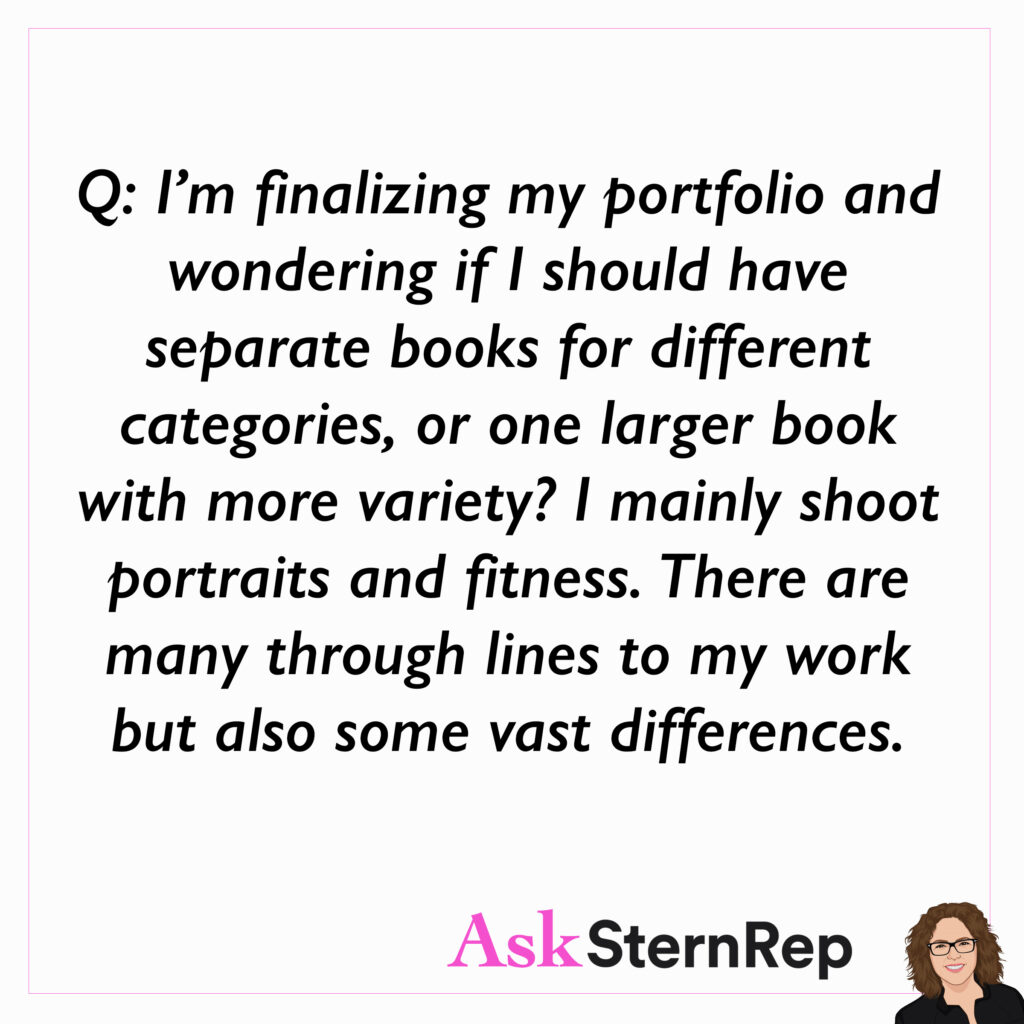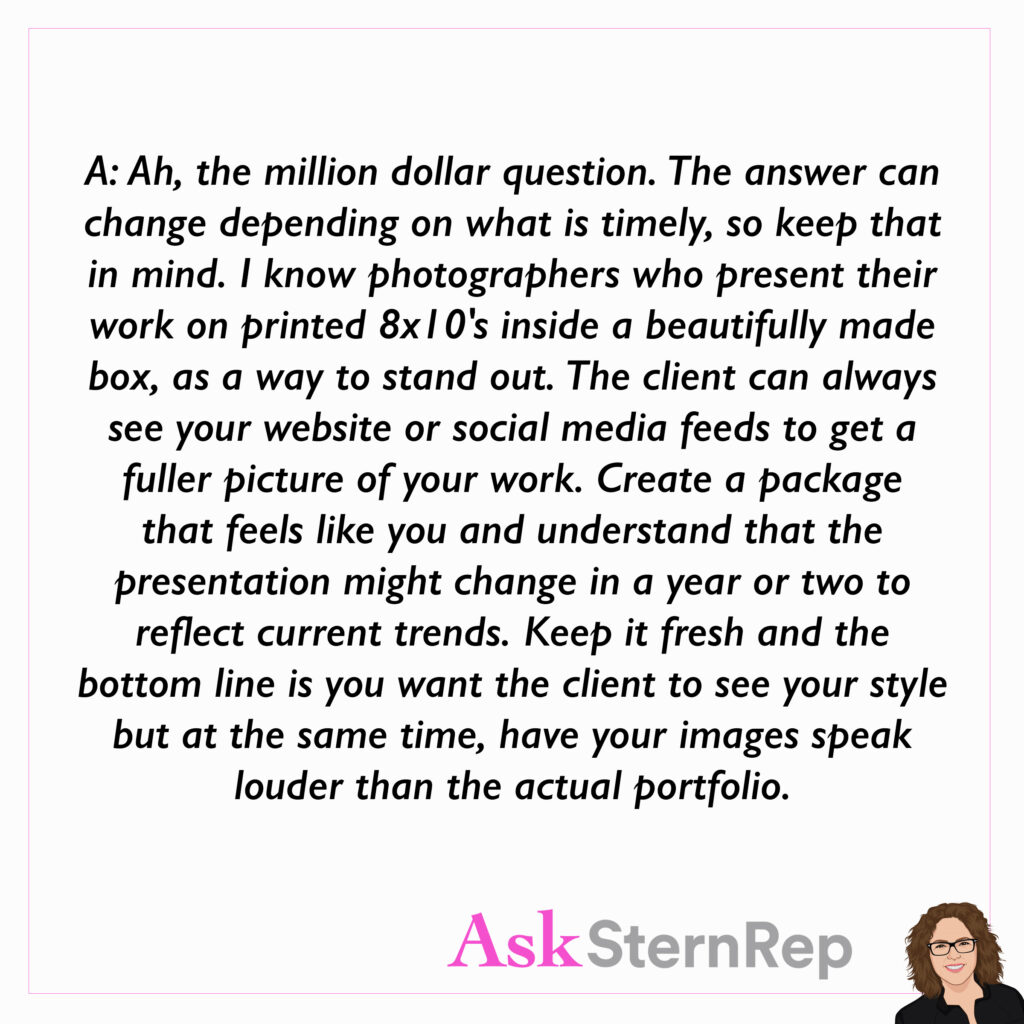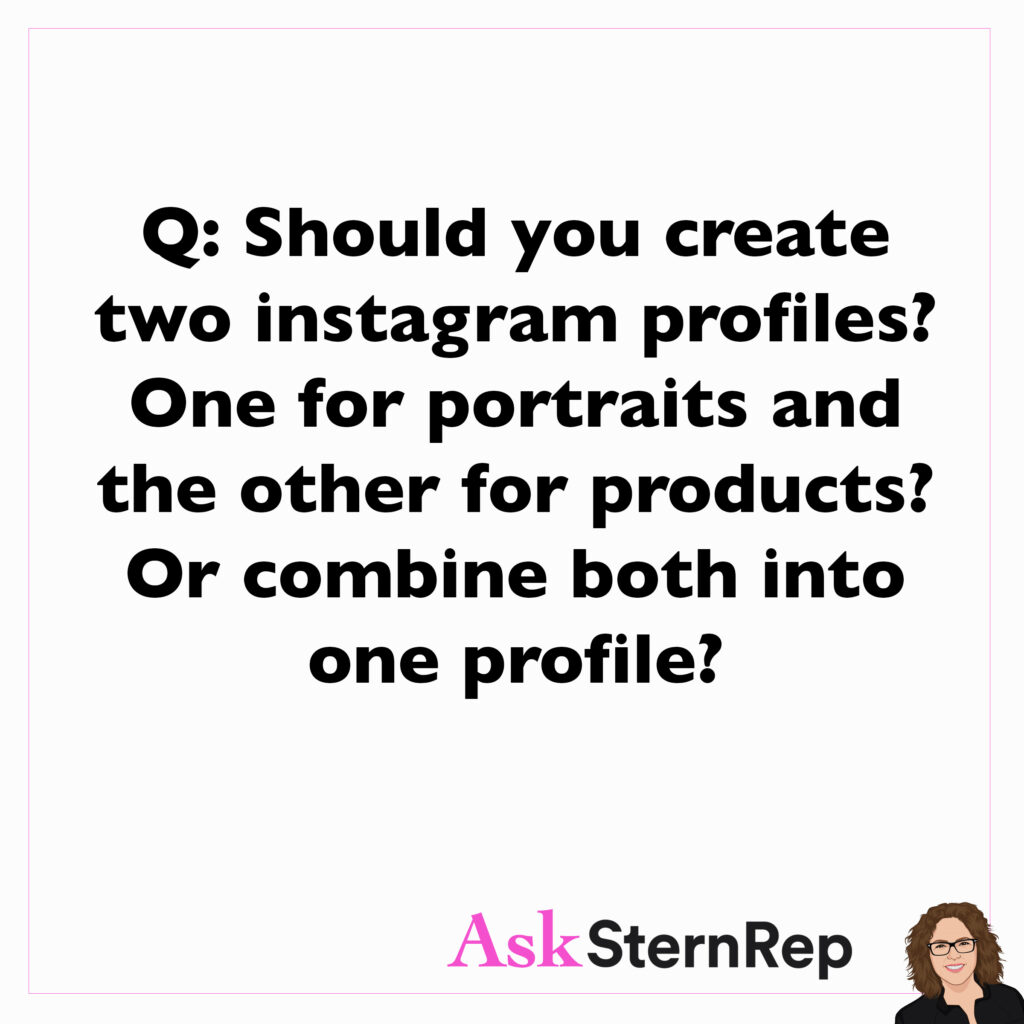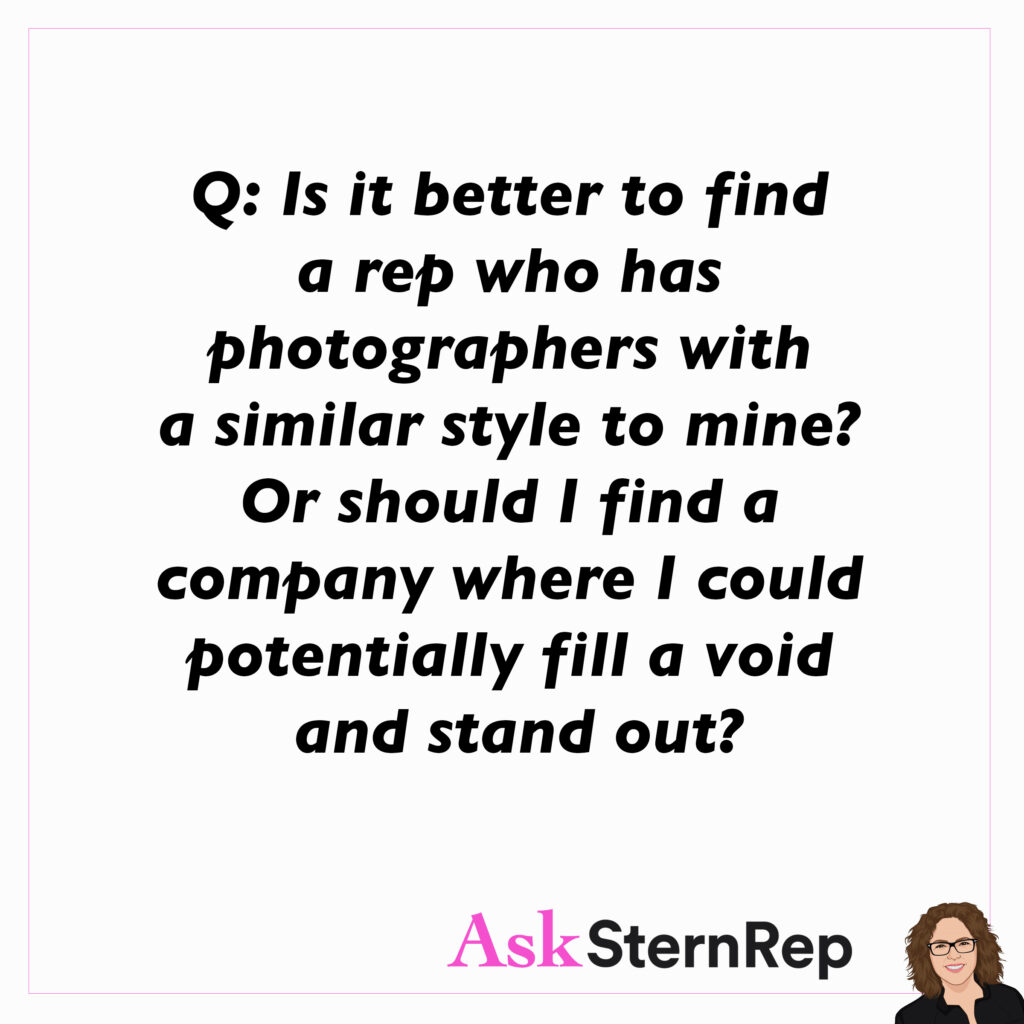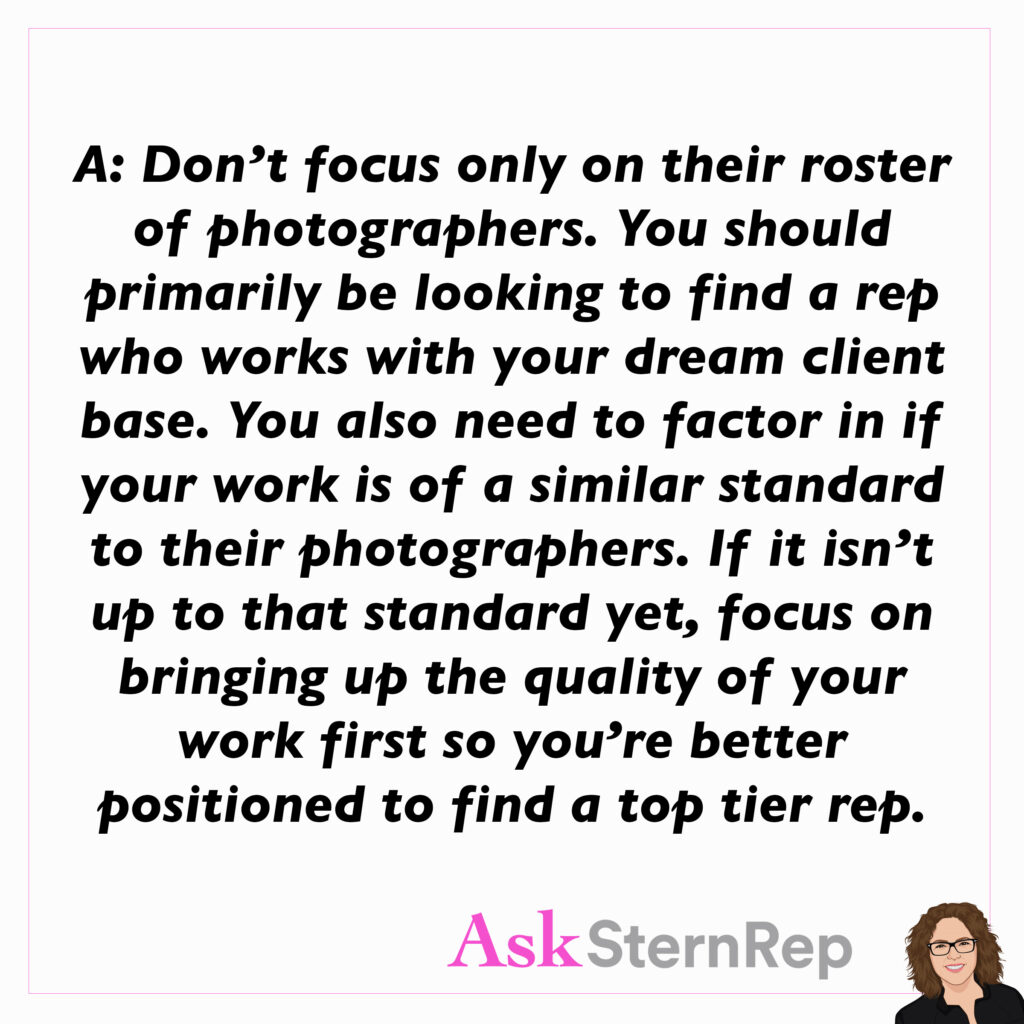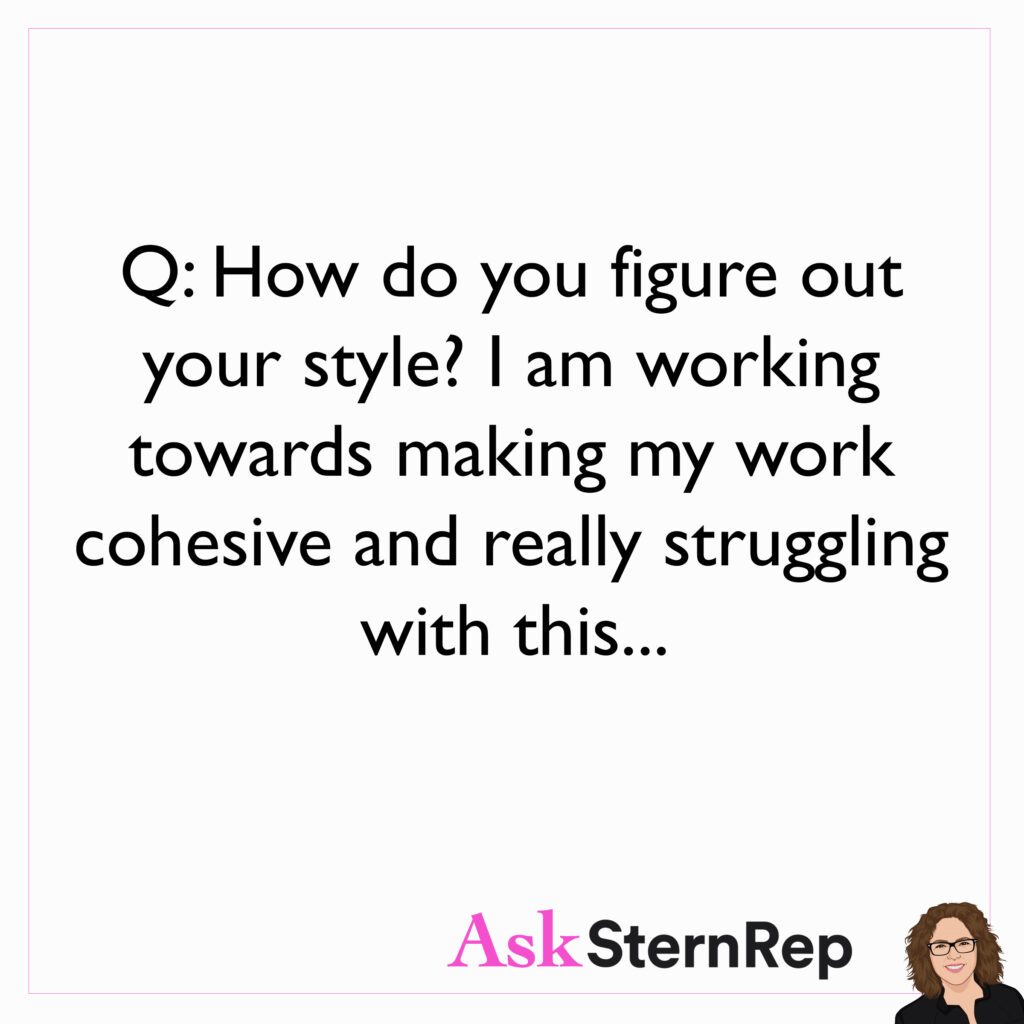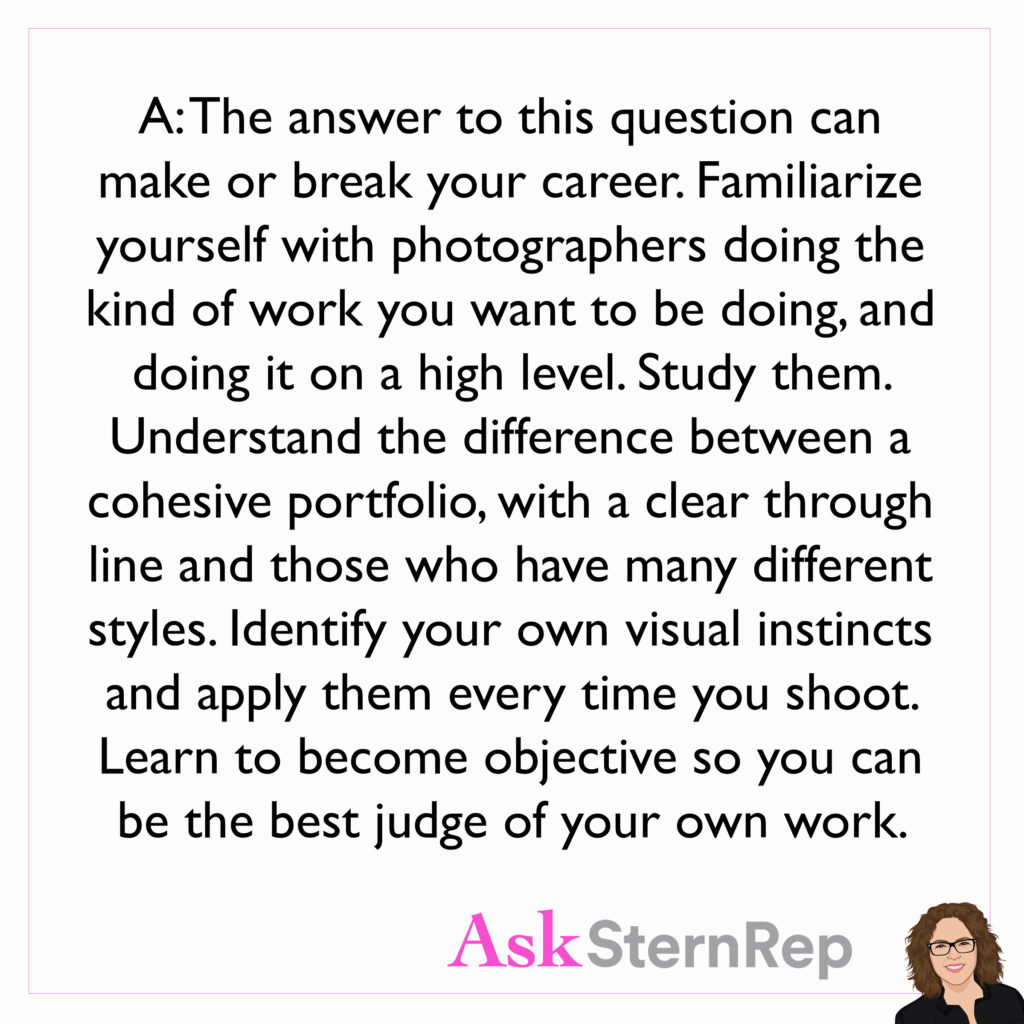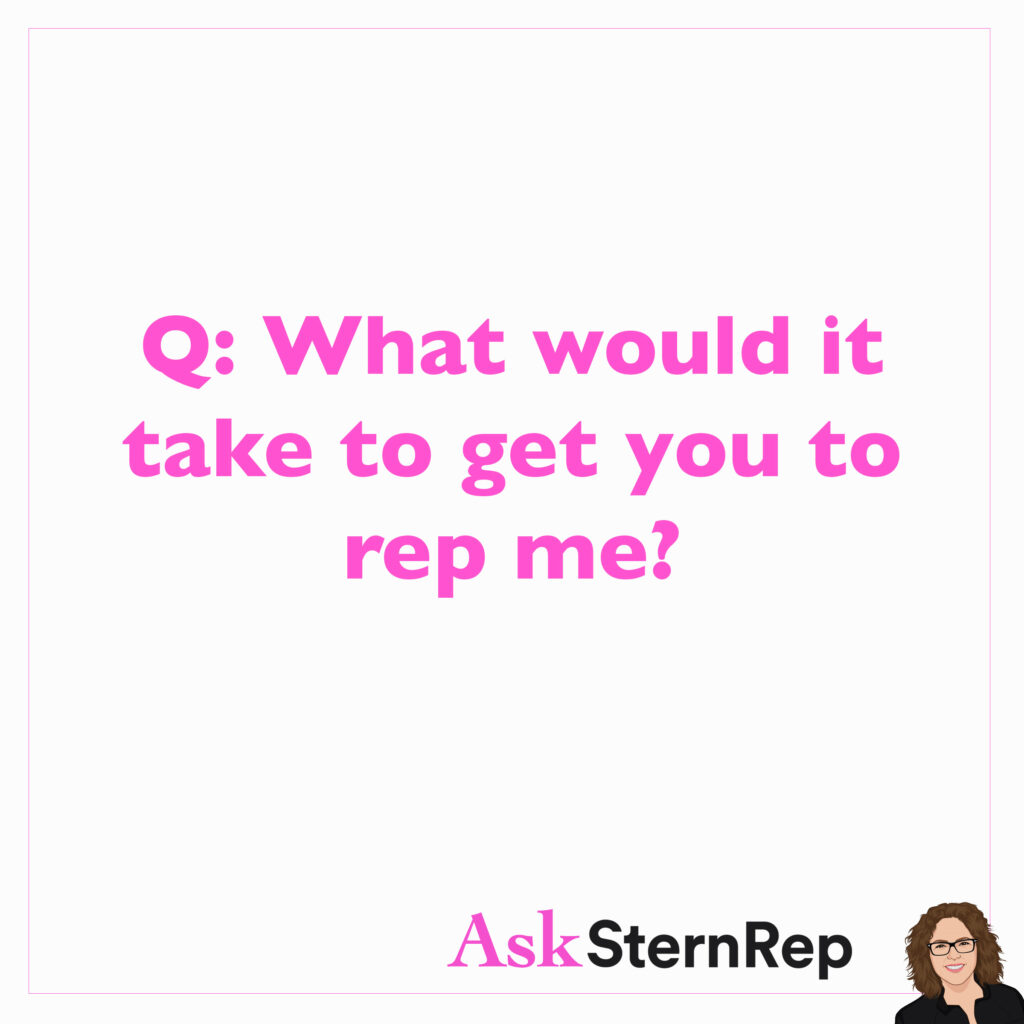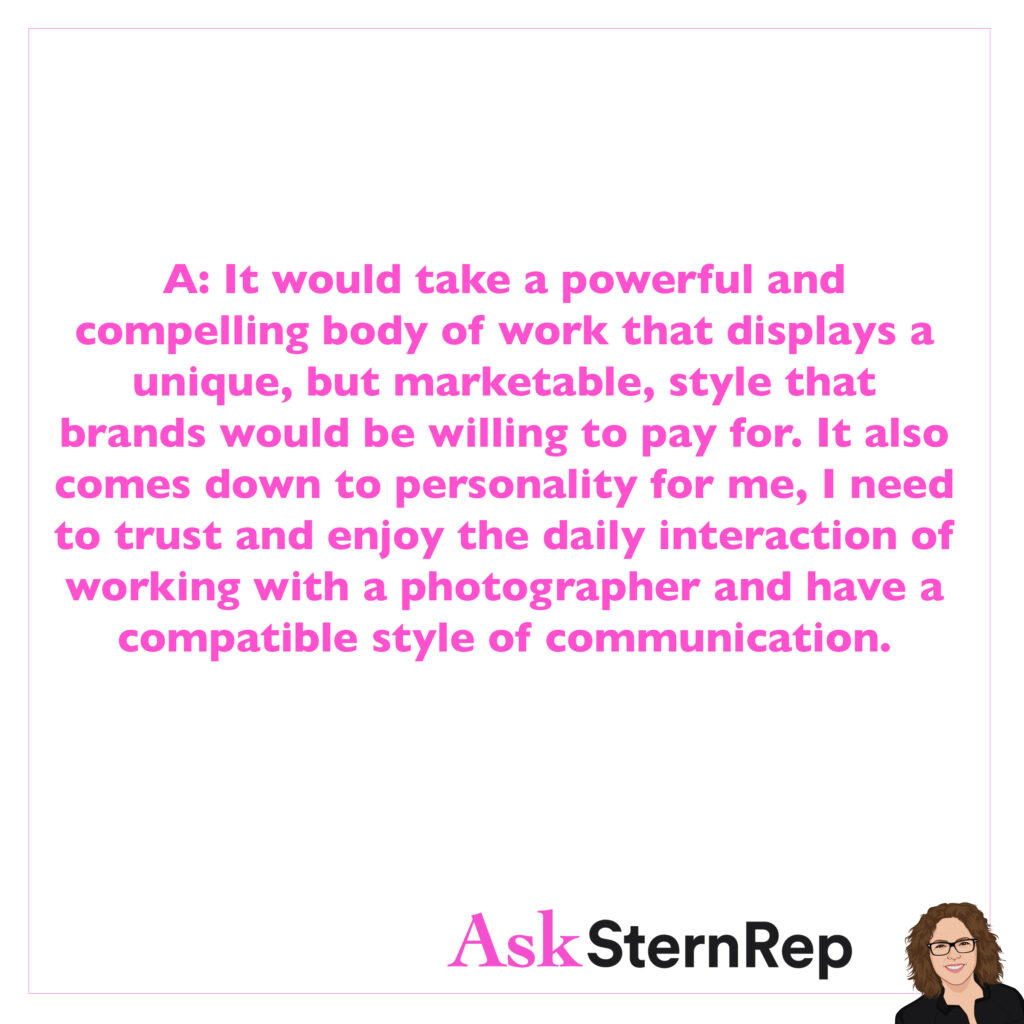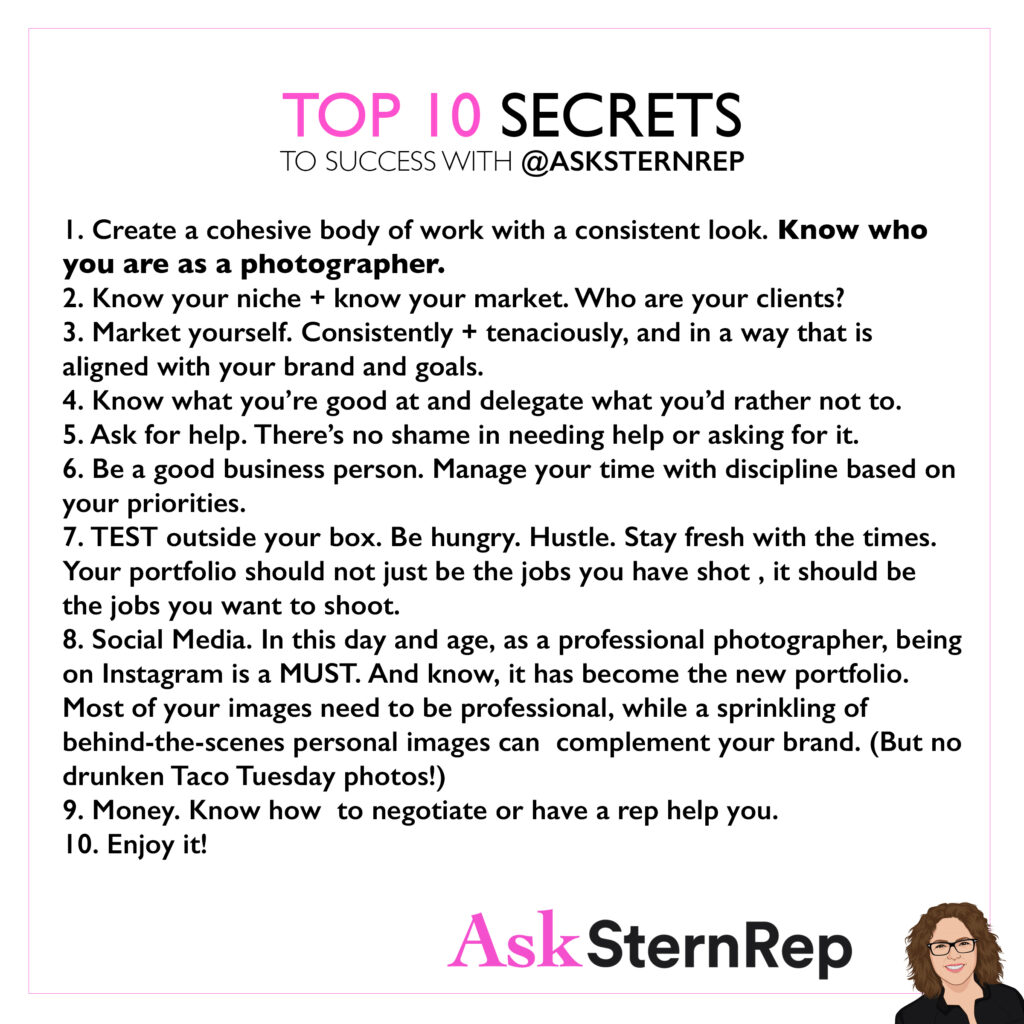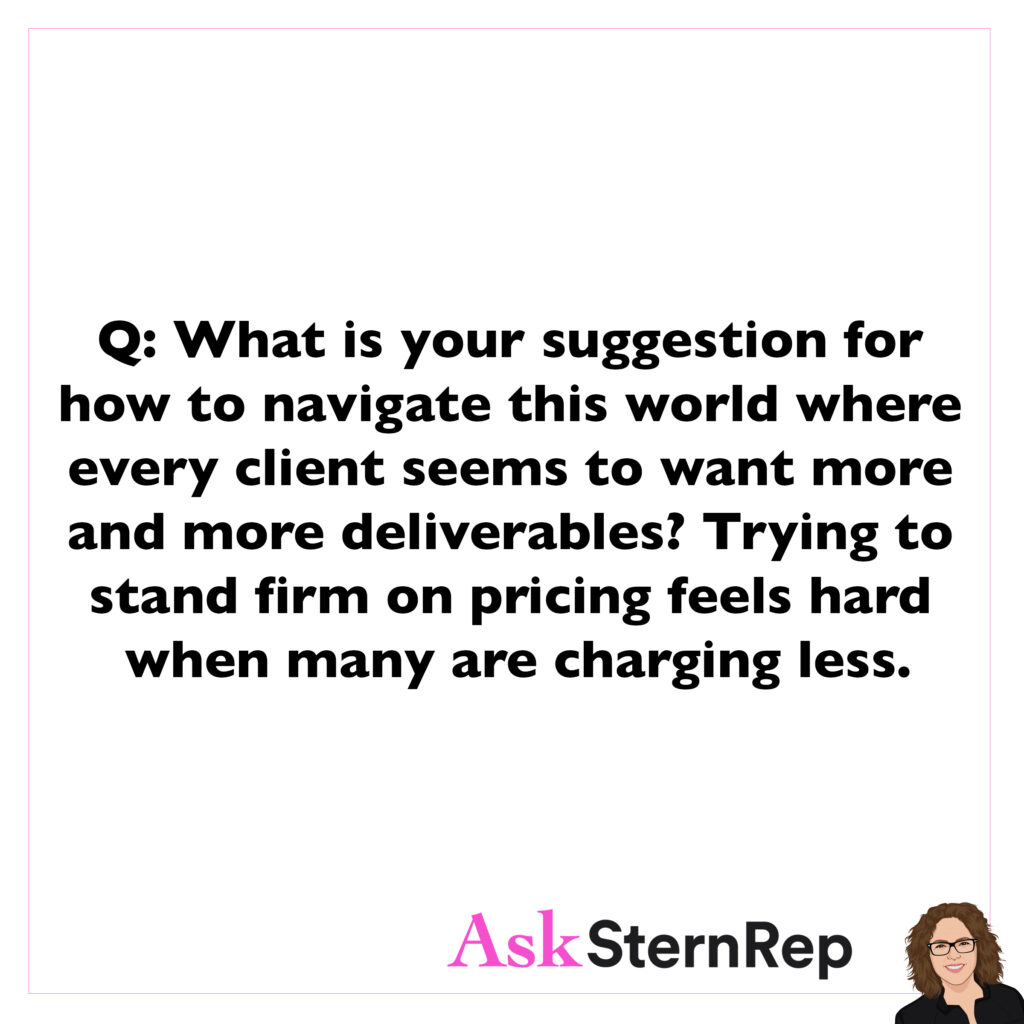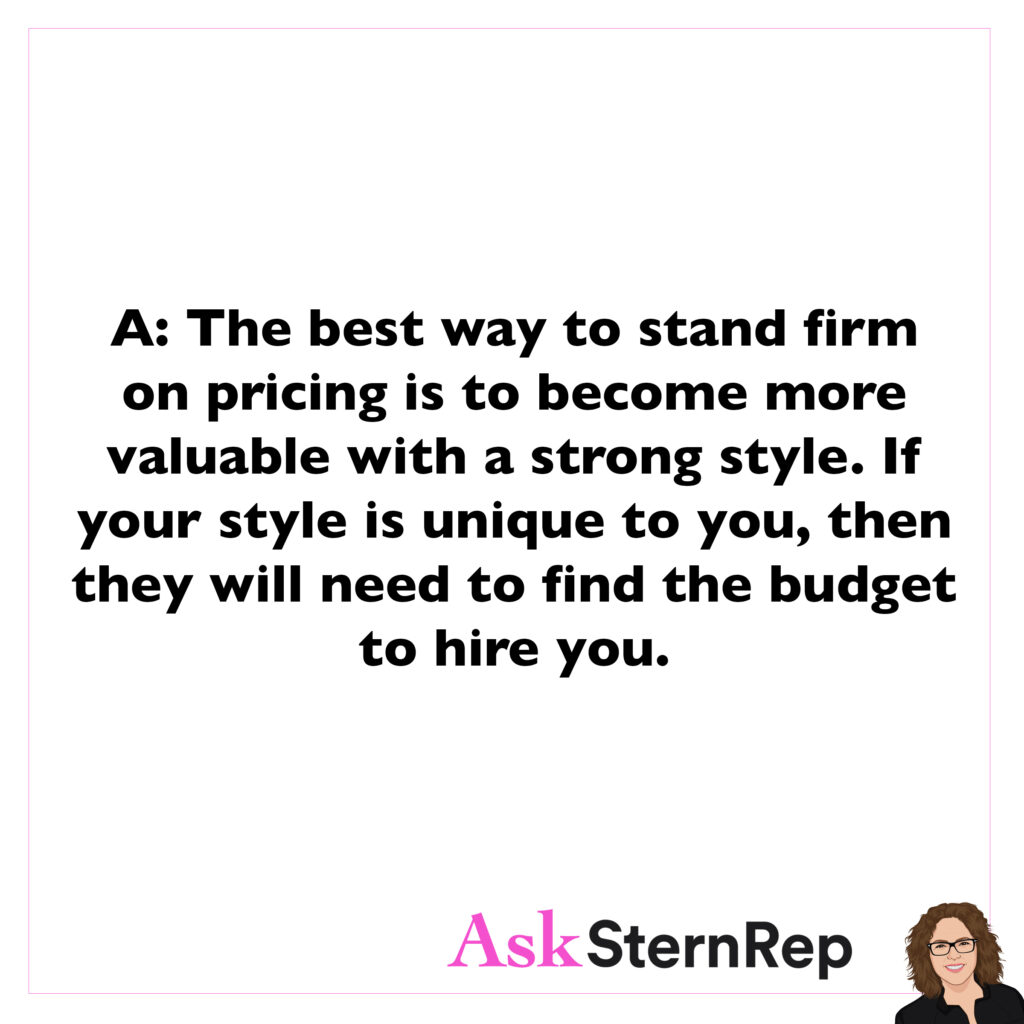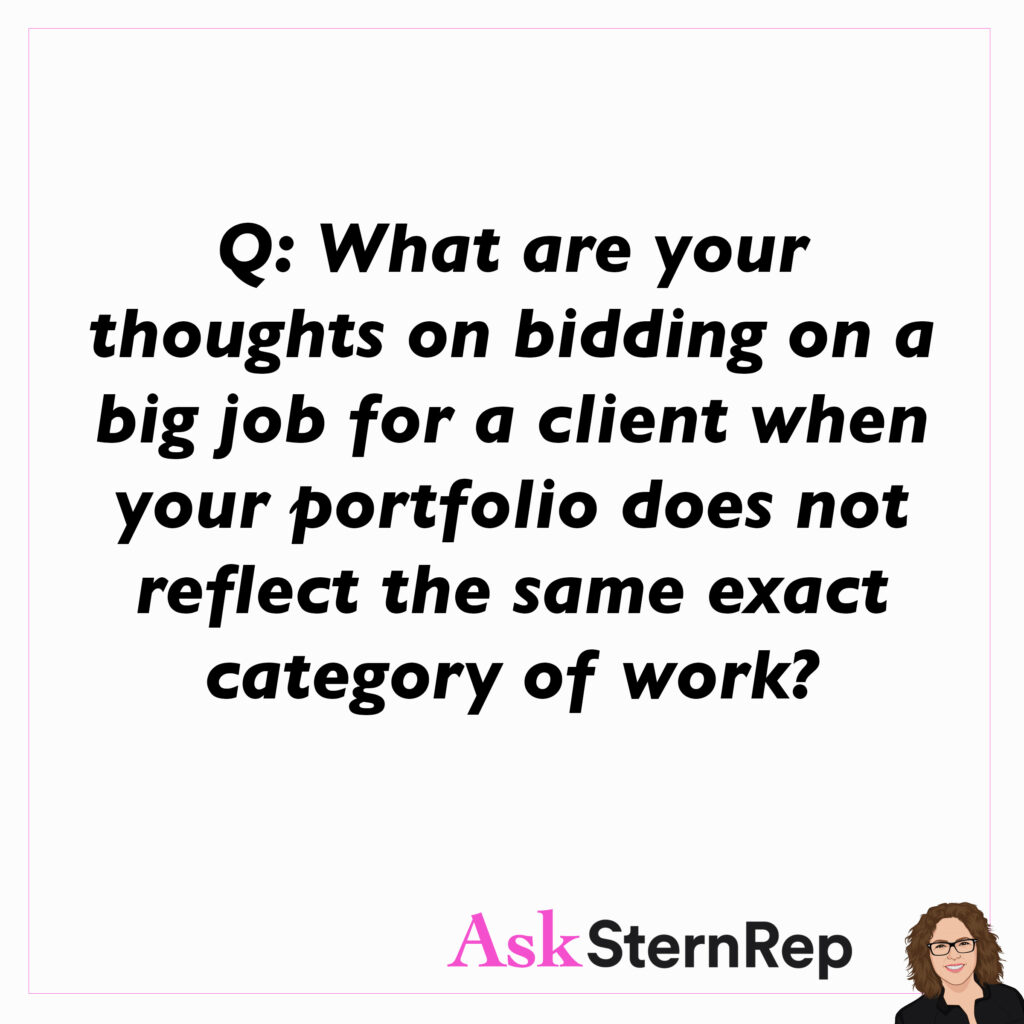
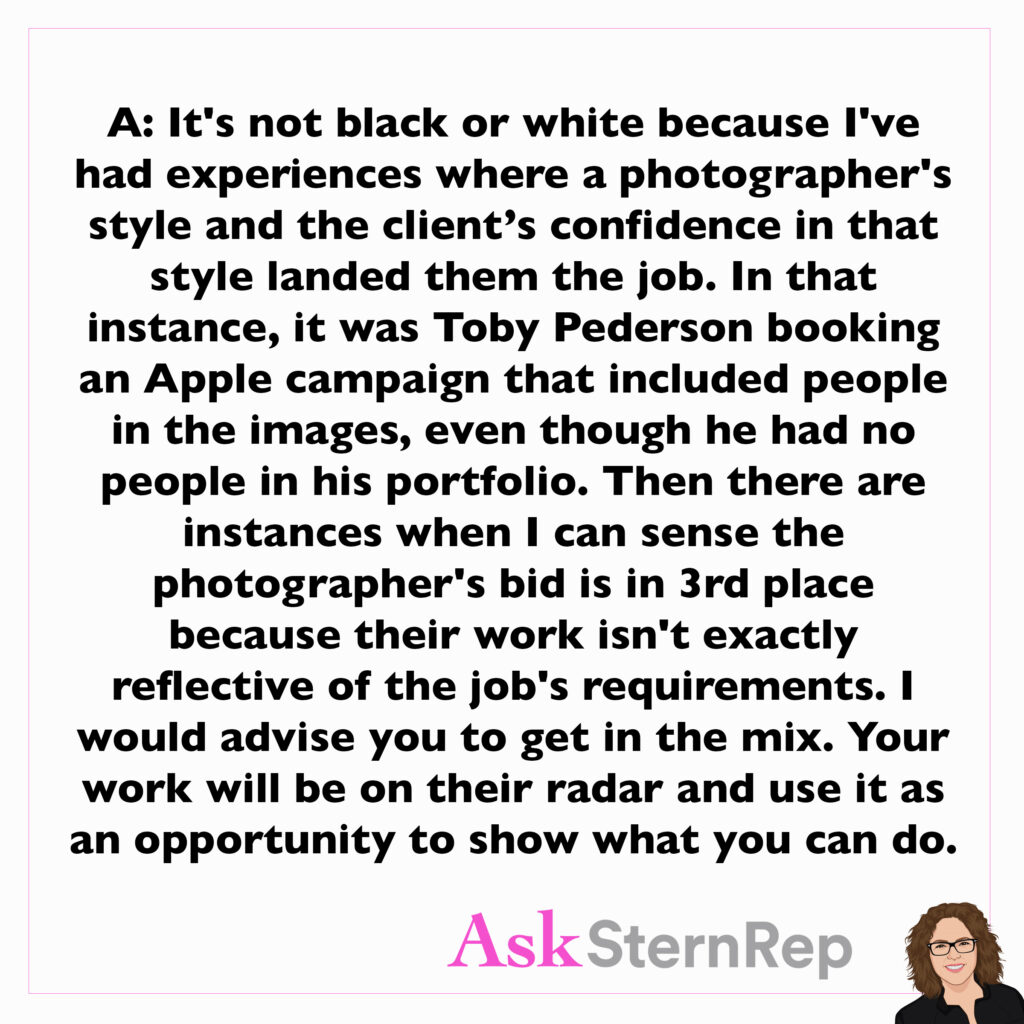
Q:
What are your thoughts on bidding on a big job for a client when your portfolio does not reflect the same exact category of work?
A:
It’s not black or white because I’ve had experiences where a photographer’s style and the client’s confidence in that style landed them the job. In that instance, it was Toby Pederson booking an Apple campaign that included people in the images, even though he had no people in his portfolio. Then there are instances when I can sense the photographer’s bid is in 3rd place because their work isn’t exactly reflective of the job’s requirements. I would advise you to get in the mix. Your work will be on their radar and use it as an opportunity to show what you can do.

